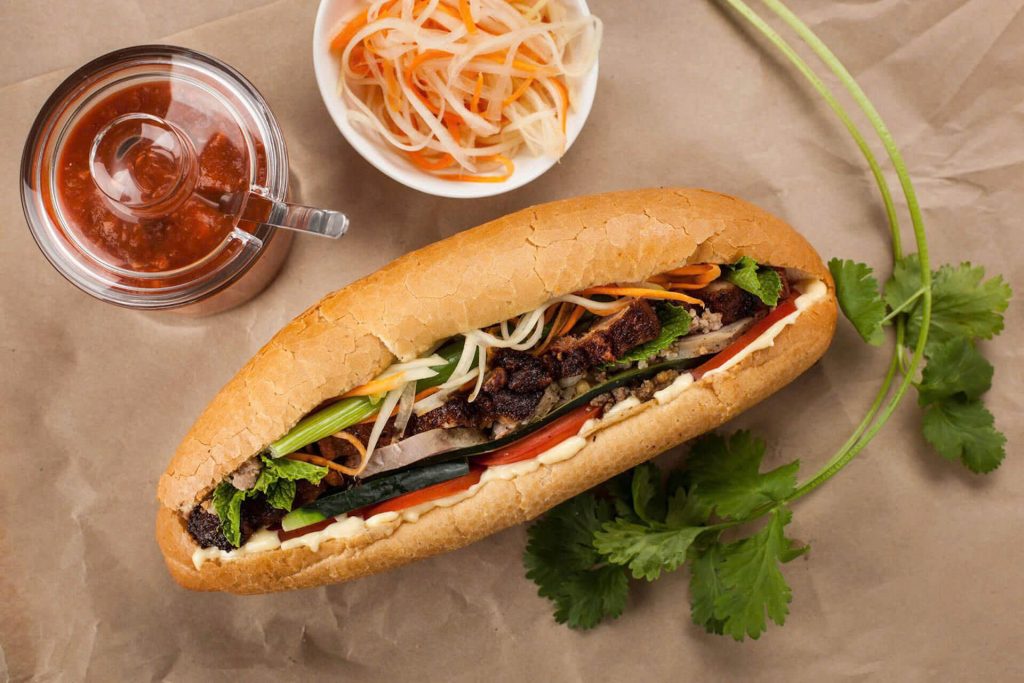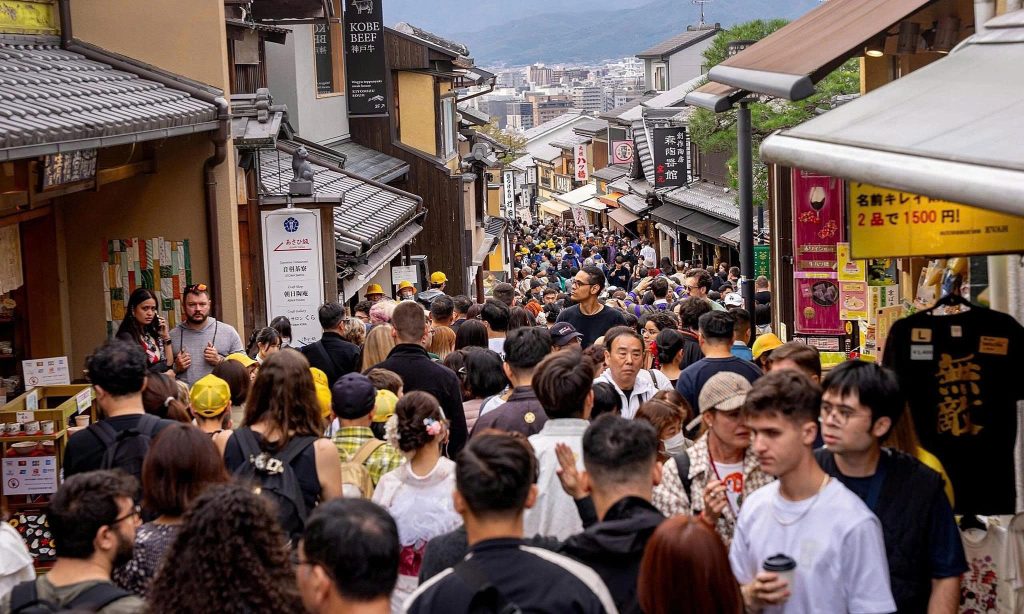Vietnamese bánh mì continues to be honored among the top 25 best sandwiches in the world by CNN, affirming the position of Vietnamese street food.
On November 15, CNN Travel once again included Vietnamese Banh Mi in its list of the 25 best sandwiches globally, confirming that this street food is increasingly winning over diners worldwide. This marks the second time this year that the Vietnamese street food has been recognized by CNN. Previously, in June, bánh mì was listed among the top 10 best sandwiches in the world.
In the November list, Vietnamese bánh mì was mentioned in the second position, accompanied by the comment: “It is a culinary legacy from the French colonial era – the baguette has been reinterpreted by the Vietnamese in their own unique way.” Bánh mì is sold on every street corner in Ho Chi Minh City, Hanoi, and many other places, and its popularity has grown far beyond Vietnam’s borders.
The traditional “mixed” (thập cẩm) bánh mì version typically includes pork, Vietnamese pork roll (chả lụa), pickled carrots and radishes, fresh herbs, various sauces, and features a crispy, fresh crust. The harmonious blend of savory and sweet flavors is described as “easily addictive.” Furthermore, Vietnamese bánh mì also has variations such as vegetarian bánh mì or lemongrass chicken bánh mì (bánh mì gà sả).

Mr. Kao Siêu Lực, Director of ABC Bakery Company and dubbed the “King of Banh Mi,” shared that bánh mì was introduced to Vietnam during the French colonial period over 100 years ago, when the French brought their hard, crispy baguette made from wheat flour.
Due to the lack of ingredients and proper ovens, the Vietnamese people skillfully adapted this type of bread, creating the Vietnamese bánh mì version which is soft, airy, and has a thin, crispy crust. The main difference of Vietnamese bánh mì lies in the diversity of its fillings, which are adapted according to each locality, ranging from cold cuts, fish cakes, xíu mại (pork meatballs in tomato sauce), to crispy roasted pork belly (ba rọi chiên), and shredded chicken.
Bánh mì has been honored multiple times on the world culinary map. In 2024, the traditional food review specialized site TasteAtlas ranked Vietnamese bánh mì first in its list of the 100 best sandwiches. The site also included bánh mì in the category of the top 50 best street foods in Asia, demonstrating the strong appeal of this humble dish.
International recognition was officially cemented on March 24, 2011, when the word “banh mi” was officially added to the Oxford English Dictionary (OED). The OED’s definition is: “A Vietnamese snack consisting of a baguette (often baked with a mixture of rice and wheat flour) filled with various ingredients, typically including meat, pickled vegetables, and chili.” Meanwhile, the Cambridge Dictionary provides a more concise definition: “Bánh mì is a type of long sandwich that is popular in Vietnam.”
These definitions reinforce the world’s view that bánh mì is a type of sandwich with a distinct Vietnamese identity.
Proof of this widespread appeal is the increasing appearance of Vietnamese bánh mì shops abroad. For example, the Banh Mi Anh Em shop in New York sells over 2,000 loaves per week, with customers willing to queue for hours to make a purchase. More recently, the Nếm shop in Wan Chai district (Hong Kong) was also recognized by the Michelin Guide just one year after its opening.
In addition to Vietnamese bánh mì, this November, CNN also honored many other world-famous sandwiches, such as Katsu sando (Japan), Torta ahogada (Mexico), Tramezzino (Italy), Shawarma (Middle East), and Muffaletta (New Orleans, USA).
(According to CNN )

















